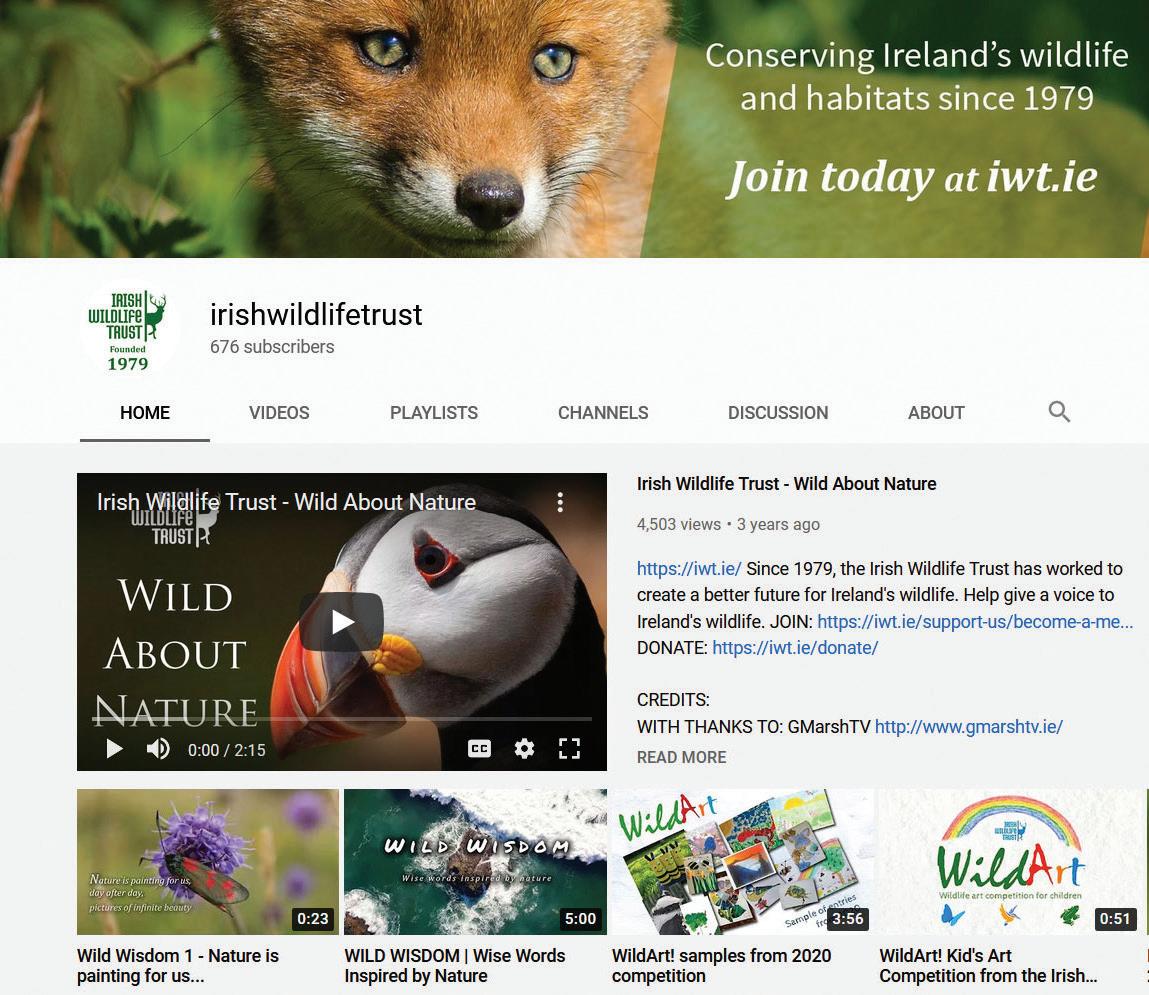
13 minute read
IWT NEWS
ACTIVITY UPDATE By Kieran Flood, IWT Coordinator
IWT YouTube Channel
If you’ve exhausted Netflix or Disney Plus during lockdowns then why not check out the Irish Wildlife Trust YouTube channel. While we don’t have the same volume or budgets – in fact, virtually all our videos have been made voluntarily – we do have over 65 videos on everything from campaigns, reports and education.
Most of the videos are short but we do have longer videos such as ‘Evolution – 40 Years of the Irish Wildlife Trust’ and our recent webinars such as ‘Nature in the City’.
Or for some calm and inspiration, breathe deeply and enjoy ‘Wild Wisdom – wise words inspired by nature’.
YouTube is a one-stop shop for all our videos over the last decade or so. Our other social media platforms receive far more video views than YouTube but it can be difficult to scroll back through and find particular content on those. On YouTube, it’s all on one page. Plus we have created Playlists – collections of videos on particular themes – such as ‘wildlife photography’ and ‘webinars’.
If you have a smart TV, you should be able to watch YouTube by casting from your phone or tablet to the TV. Don’t forget to subscribe to our channel for free to receive notifications any time new videos are added. And feel free to comment, share, like or dislike! But above all, enjoy! Happy viewing.
Go to https://www.youtube.com/ irishwildlifetrust or just YouTube search ‘irish wildlife trust’.
CAMPAIGN UPDATE By Pádraic Fogarty
Glenveagh National Park
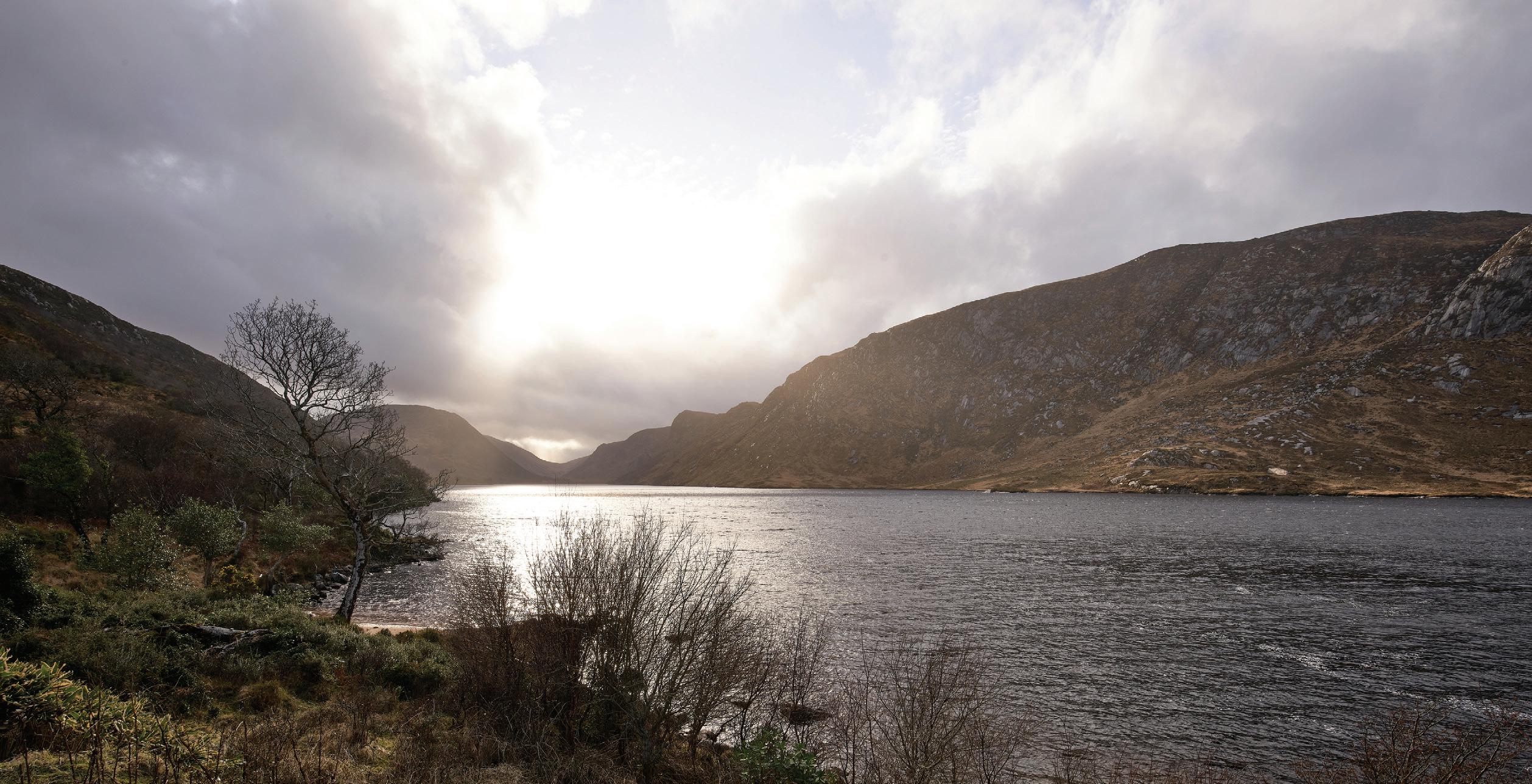
Light at the end of the tunnel
Reform of the National Parks and Wildlife Service (NPWS)
I want to say a big ‘thank you’ to all of you who made a submission on the reform of the NPWS earlier this year – it really is ‘now or never’! In 2010, there was a review of the NPWS carried out by Grant Thornton auditors which went precisely nowhere and we know that the archives are stuffed with wonderful reports with worthy recommendations that were then forgotten about. So, a degree of cynicism is to be expected. Nevertheless, there are factors today which bode well for this process. Firstly, it is being run by two people who have excellent credentials: Prof Jane Stout of Trinity College Dublin is among our leading academics and has not been shy in laying out the facts of our biodiversity emergency. Dr Micheál Ó Cinnéide is a former director of the Environmental Protection Agency (EPA) and someone who has valuable experience of the workings of the political machine. In the department of Housing, Local Government and Heritage (in which the NPWS sits), Minister Malcolm Noonan is the right man in the right place. While the Green Party’s position in the government is weak overall, the role of its ministers has so far been outsized. The consultation also appears to have garnered a lot of public interest, with at least 1,000 submissions in the week before the deadline. Public pressure for change in a process of this nature is hard to ignore. Finally, the facts surrounding the loss of biodiversity have never been more appreciated. While they have been known for a long time, there is evidence that this knowledge is seeping into society in a way that has not happened before. So if we can’t get it right this time, it’s unlikely we ever will.
In our submission, the IWT made the case for an independent, well-resourced and ambitious nature conservation agency (the full text is available on our website). Independence is vital as history has shown that since the formation of a nature conservation function in the government back in the 1970’s, there has not been a single 10-year period where it has not been shuffled from one government department to another. The NPWS has not been an agency out on its own but rather a diffuse function within the responsible department and so subject to the interests of the minister of the day. This has ranged from energetic on occasion to entirely non-existent, as under the decade of Fine Gael rule. But creating a new, independent agency is likely to meet with resistance. Government ministers do not generally like to be criticised or held to account by other arms of the state. Within its confines the EPA does this job well, clearly communicating facts while maintaining its own integrity. Any new agency would need to be fully accountable to the Oireachtas and so the role of the Joint Oireachtas Committees (JOC – see later article in this section) will be key. Funding shouldn’t be so controversial. Even with the substantial increase in funding announced in the last budget, the NPWS resources are measly and nowhere near what is required if we are to meet minimum legal requirements.
As ‘Irish Wildlife’ was going to print, we were expecting publication of the review. The summer will provide time to study its conclusions. But we can’t afford to sit on another report for long and we will be keen to see how any recommendations are to be implemented. More to follow in future issues of this publication!
CAMPAIGN UPDATE By Pádraic Fogarty


In early May, the IWT was invited to appear before the Joint Oireachtas Committee (JOC) on Climate Action. These committees are made up of senators and TDs from all political parties and independents. This particular committee is interesting as climate is such a cross-cutting issue, affecting all aspects of government policies including housing, agriculture, transport and biodiversity. The committees have proven their worth in recent months by providing scrutiny of key legislation, most notably the Climate Action Bill and the Marine Planning and Development Management Bill. The committees have the authority to call in expert witnesses and officials from government departments to provide testimony or answer questions. While they have no statutory ability to change the legislation, they can make recommendations which are then considered in the Dáil. This process has significantly improved the Climate Action Bill from its original starting point last autumn and which went before the Dáil for its first reading in April. The work of the JOC on Climate Action includes scrutiny of the forthcoming Climate Action Plan and particularly when it comes to land use, the cross-over with biodiversity action is substantial. It was in this context that the IWT was invited to make a presentation to the JOC members. I was joined on the day by Professor Jane Stout of Trinity College Dublin and Dr Liam Lysaght, director of the National Biodiversity Data Centre.
From our perspective, it is important that TDs and senators are aware of the key role they play in the (mis) management of nature conservation in Ireland. Since the last election, there are a number of parliamentarians who bring their own expertise and passion to this debate and that is a welcome change to recent times. But it must be said that many are coming to this issue from a low base. I stressed how the National Biodiversity Forum (on which the IWT represents the Irish Environmental Network) recently castigated the state as “the biggest transgressor of environmental law”. However, I was also keen to stress that the solutions are at hand, including close-to nature farming, investment in wastewater infrastructure, Marine Protected Areas, enforcement of fishing laws, reintroduction of species we have driven to extinction and rewilding of bogs and forests. These are not new ideas but for decades their implementation has lacked that scarcest and most magic of ingredients – political will. Including nature-based solutions as climate action can leverage support for measures that benefit biodiversity, but we also need to see a recognition that nature is worth fighting for in its own right and that the time to act is now.

Agri-Food Strategy
The periodic formation of agri-food strategies has been a feature of government policy since the economic crash. They have been formulated by industry for industry, something which the government has seemed to think is a good thing. Strategies are not laws and they tend to come with glossy brochures and woolly aspirations, but they do signal intent and are important in signposting likely trends in coming years. Previous strategies have been unashamedly about driving growth in food and drink exports and in this regard, they have been remarkably successful. The value of exports grew by 64% between 2010 and 2019, from €8.9 billion to €14.6 billion. Some people are doing very well out of this and it is understandable that these people will want to defend their gains. However, it is also blatantly clear that this bonanza is coming at the expense of the environment. It’s not like nature was in a pristine state back in 2010 but even since this time, we have seen an increase in greenhouse gas emissions from agriculture, a deterioration in water quality, particularly in areas of the south and east associated with dairy expansion and a worsening of extinction rates. The latest assessment from BirdWatch Ireland and the Royal Society for the Protection of Birds in Northern Ireland would bring a tear to your eye. No less than two thirds of all our bird species are on their red or amber lists – that is, heading for the exit.
Work on a new agri-food strategy up to 2030 began under the last government. Out of 32 seats on the committee, the Environmental Pillar (a coalition of environmental groups of which the IWT is one) was offered one seat. At the time, the Pillar fought for greater representation, with an expert each on climate, biodiversity and water issues. This was rebuffed. In February, prior to the publication of the final strategy, the Environmental Pillar walked away, saying that the drafts produced up to then were entirely inadequate for addressing environmental problems. This delayed the final publication until the end of April.
While the new strategy contains a much greater emphasis on meeting environmental targets, it is still a long way from acknowledging the scale of our crisis and what needs to be done about it. Instead of ditching the discredited Origin Green greenwashing label, it is to be ‘strengthened’. Above all, the growth delusion continues. Like junkies looking for one last fix, the industry leaders must surely know the consequences of squeezing out more when what we really need is less. Yet the ambition is there to further increase exports to €21 billion by 2030. It’s an addiction that is stripping our country of its natural riches and – on a planetary scale – driving our civilisation to ruin. It is not clear what can break the cycle of denial but right now, it looks like our captains of industry are wilfully setting a course for the iceberg.
A public consultation on this plan is open until June 15th. We would urge you to email your thoughts to 2030StrategyEnvironmentalConsultation@ agriculture.gov.ie before that date. Watch our social media outlets for our submission which will be published in advance of the final deadline.
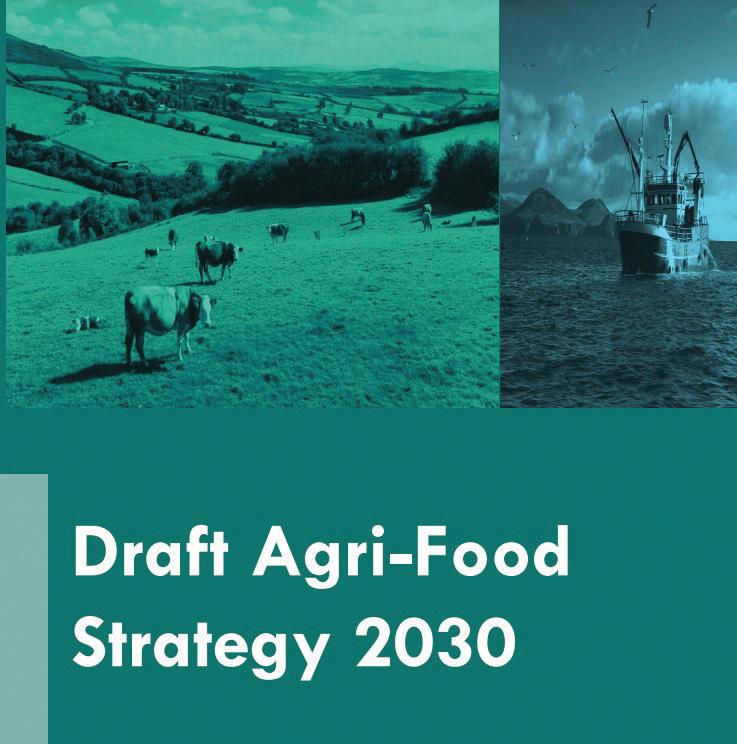
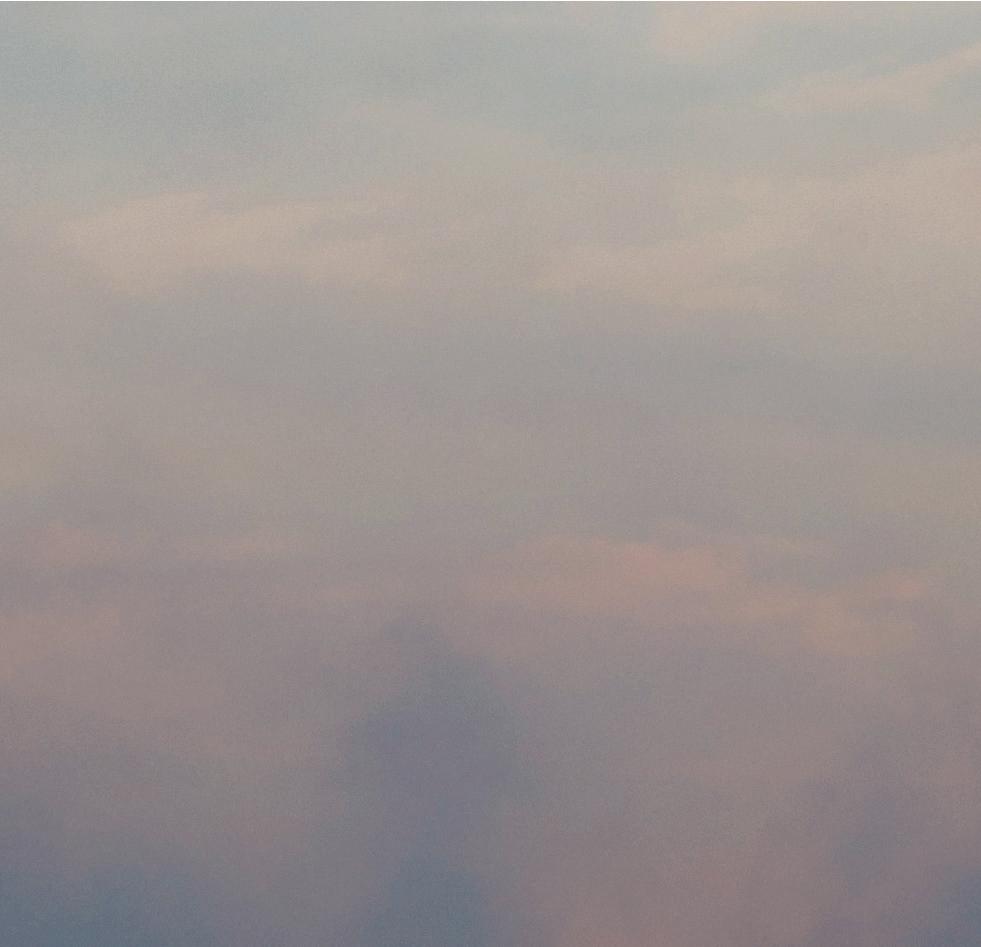

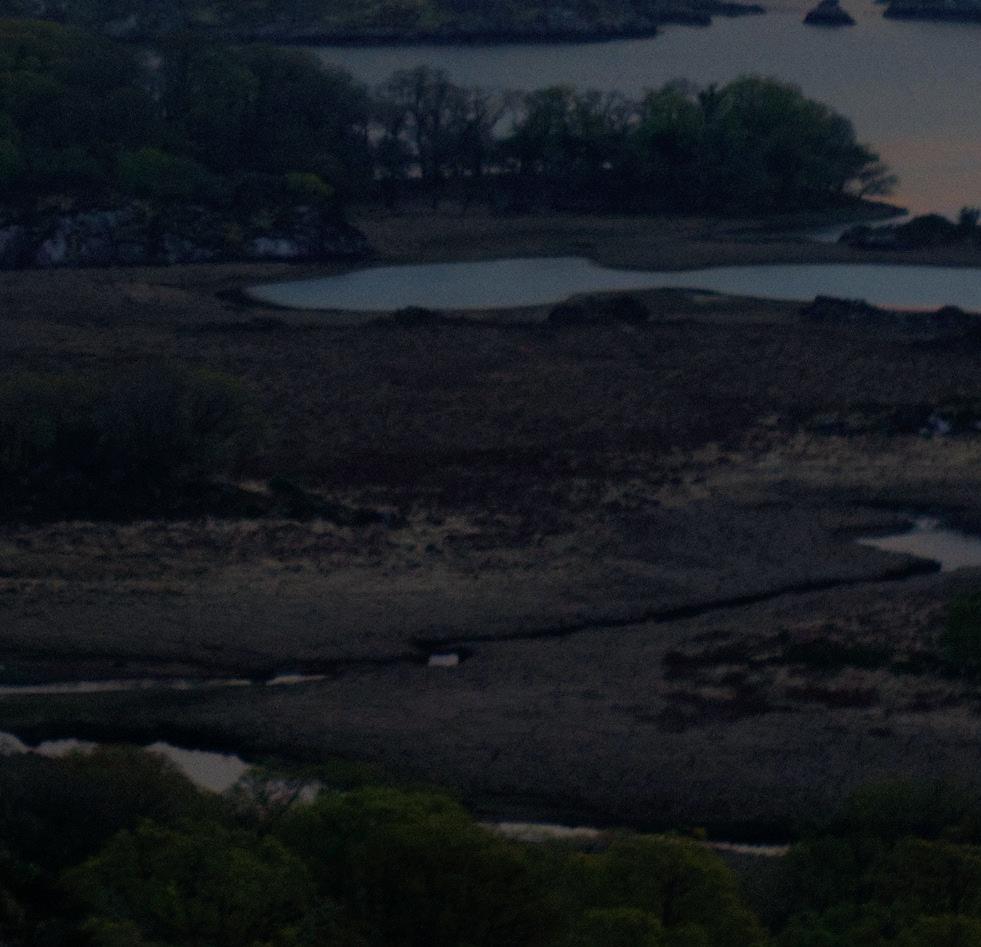

The end of April saw particularly devastating fires across the country including on the Mourne Mountains in Co. Down and at Killarney National Park where it was reported that up to half the park may have been burned down. A fire in the Stack's to Mullaghareirk Mountains Special Protection Area in Limerick/Kerry saw the destruction of an active hen harrier nest and the foraging habitat for three other pairs. These grimly repetitive infernos come as no surprise. Every spring when there is a dry spell between March and May, there are fires across the hills. They are illegal and have contributed to the collapse of ecosystems on our uplands, poisoned air and water and spewed out greenhouse gases. Yet they have continued because the underlying drivers have not been addressed. These include the burning of land for agricultural purposes and the absence of any over-arching policy or vision for the uplands. The politicians may wring their hands, but this issue will continue until these issues are addressed.
For instance, although the latest fire was particularly large, Killarney National Park has been burned annually in recent years. Those starting the fires clearly feel a sense of impunity. Added to that has been the mismanagement of the Park, something that prevents the natural expansion of the oak woodland (due to overgrazing by sheep and deer and thickets of invasive rhododendron). Much of the park is open heather and moor-grass with some patches of gorse – all of which are highly flammable. The IWT has called for a full investigation into the causes and consequences of this fire but from footage sent to us (and posted to our social media accounts), it can be seen that the oak forest has been largely spared. While trees on the edges or standing out on open ground have been damaged, the flames do not seem to have entered the heart of the forest itself.
Oliver Rackham pointed out in his book ‘Woodlands’ that native oak forest in Ireland and Britain is simply not flammable. This is a vitally important lesson that we must learn from this devastating event. We must move to expand native woodland across our upland areas. This means removing sheep and effectively managing deer. Legacy conifer plantations must be converted. It may also mean actively planting trees as natural regeneration will be difficult or impossible where there are mats of purple moor-grass. Areas of blanket bog should not be planted with trees but would naturally be wet and open with bog mosses and cotton-grass. In short, the hills must be rewilded.
The fires this year may have brought that one step closer. Minister Malcolm Noonan, in an interview with the Sunday Times newspaper, said he had written to the Minister for Agriculture Charlie McConalogue urging him to address the so-called ‘eligibility rule’ that sees farmers penalised for having nature on their land. This would quickly unlock the potential for rewilding across large swathes of Ireland. On its own it will not be sufficient to restore wildlife habitat. We need active management measures to restore habitats and fire-proof the hills. This will require investment and the setting out of a vision for our hills, one that is working for nature and people. Perhaps this year, we are one step closer.
In other good rewilding news, it was announced in early May that a pair of common cranes were nesting on a rewetted bog somewhere in the midlands. If this pair successfully rear a chick, it will be the first breeding of cranes in Ireland for 300 years. It comes hot on the heels of the announcement in 2020 that marsh harriers had bred in Ireland for the first time in a century. Amidst all the bad news, these are wonderful reminders that nature is ready to return if we can only give it the space it needs!
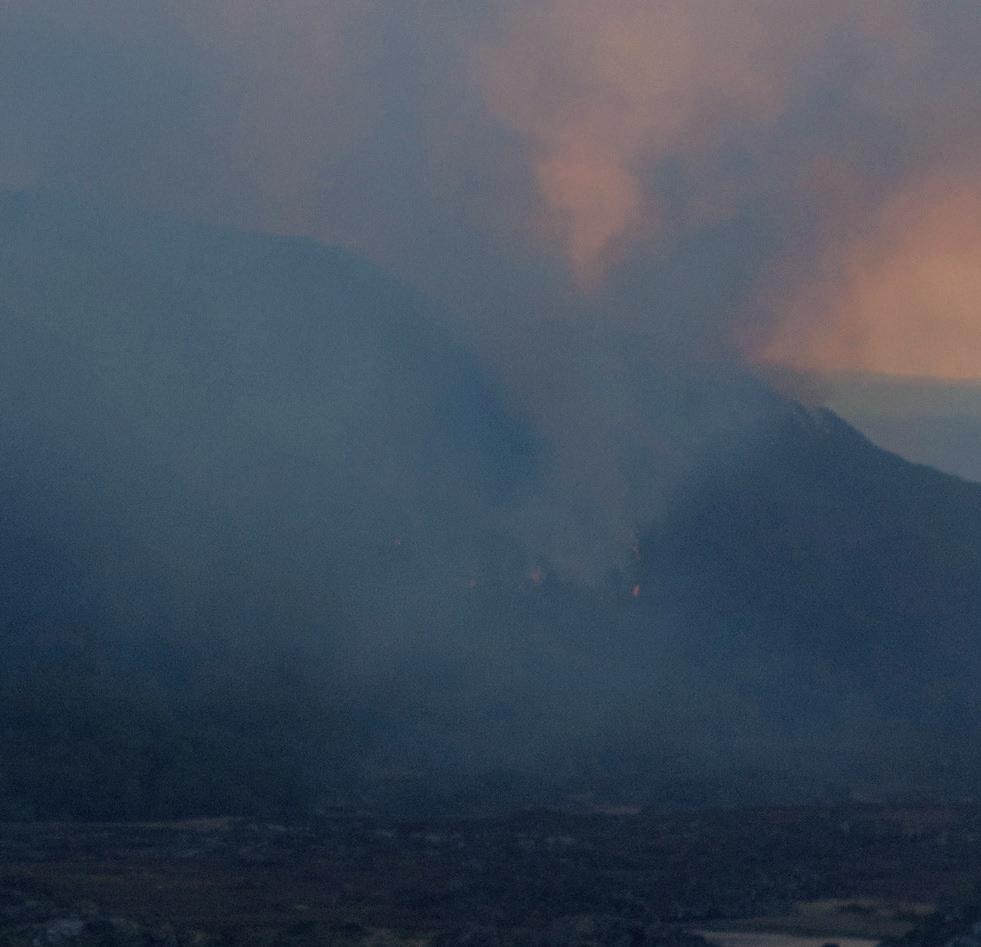

Image credit Will Cornelius
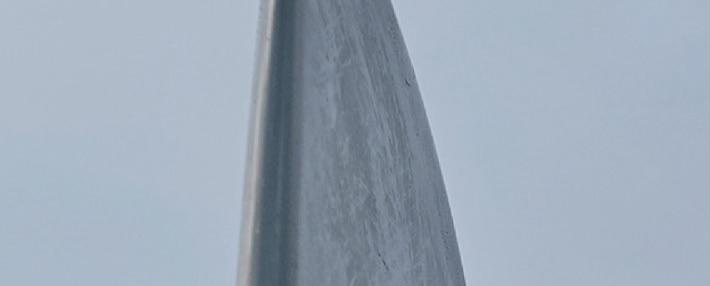


IN A POST PANDEMIC WORLD, HOW DO WE HEAL OUR RELATIONSHIP WITH THE OCEAN ASKS DR EASKEY BRITTON, MARINE SOCIAL SCIENTIST, SURFER AND WRITER












